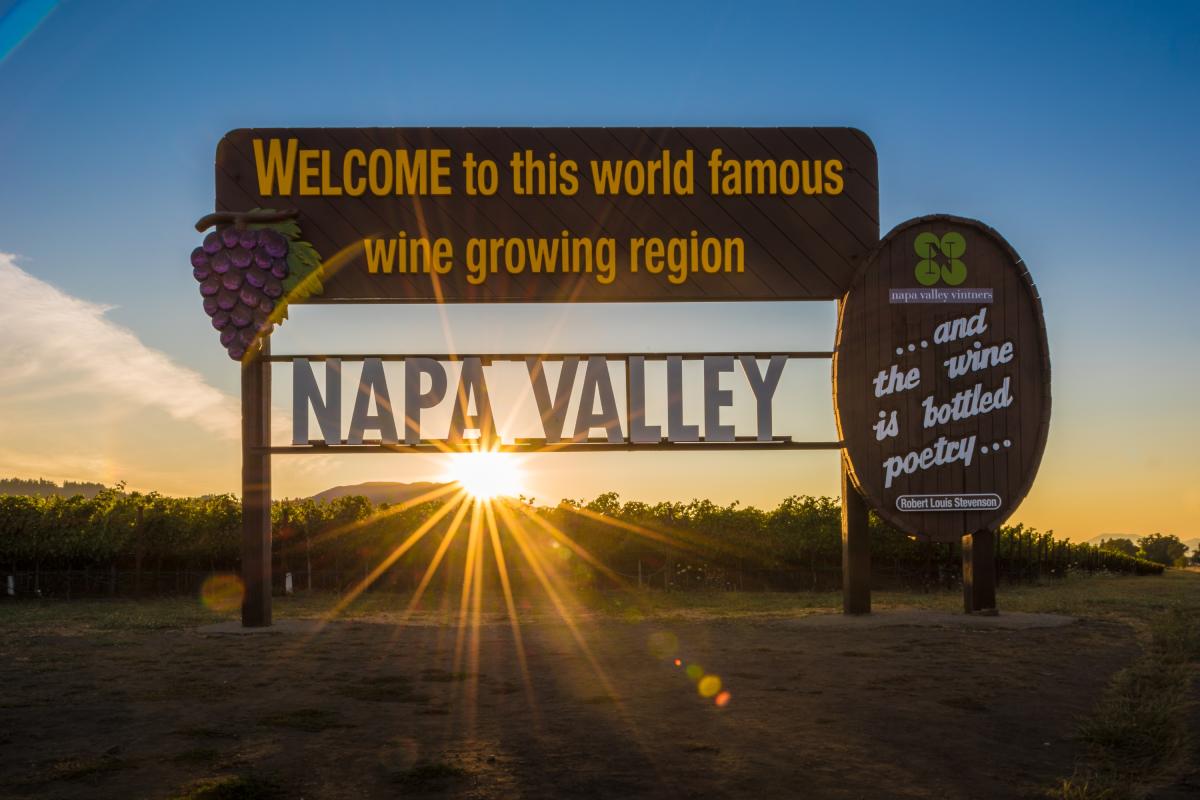As the first region in California to grow wine grapes, the Napa Valley has a long, rich history that continues to this day through visionary wineries and talented grape growers. Practice makes perfect, and the Napa Valley has had a lot of practice in winemaking. From the town’s humble beginnings to its harvest of prosperity, we’ll have a throwback of grapes!
A Journey Into Time: The History of Napa Wines and Wineries
The valley’s roots stretched back to 1839 when the first European descent, George Yount, settled in Napa Valley and was the first to plant grapes here. The Town of Yountville is named after this prominent pioneer. Nevertheless, the Napa Valley winemaking business did not begin until John Pratchett established the region’s first official vineyard and winery. After starting grape cultivation in 1854, he produced his first batch of wine three years later.
Charles Krug, Pratchett’s winemaker, revolutionized and opened the region’s first commercial winery on his property in 1861. This sparked a surge of other vines and wineries throughout the valley- three of which are still up today: Beringer, Inglenook, and Schramsberg Vineyards.
Unfortunately, the town suffered from root louse phylloxera in the 1890s, infecting and wiping out Napa Valley’s vineyards.
Prohibition was another issue the community faced, where many of the finest wineries and vineyards were purchased by the Catholic Church until 1933. When it was repealed, affluent families bought over the region’s wineries, and the area soon became a well-known wine destination.
In 1944, the Napa Valley Vintners, a trade association, was founded to promote the region’s wine industry growth. The following years also sparked the reestablishment of vineyards and other wine brands. From 1944 onward, the Napa Valley has continued to perfect grape growing techniques and the art of winemaking.
When Classic meets Contemporary
While winemaking processes have evolved over the years, the distinctive taste of Napa wine has been sustained by combining cutting-edge technology with time-honored traditions. For the most part, Napa Valley vintners have succeeded by merging science and technology with intuition and hands-on experience to produce the finest wines possible.
Today, Napa Valley is known for producing premium wines and is home to more than 100 wineries. Each winery presents different varieties, and Napa Valley is known to deliver internationally recognized Cabernet Sauvignon, Chardonnay wines, Merlot, Zinfandel, Cabernet Franc, Petite Sirah, and more.
Terroir Meets Experience
Great wine is truly a combination of high-quality grapes and knowledge, two components the region possesses. Between the prime terroir and over 100 years of experience, it’s no wonder why the Napa Valley and wine are two grapes in a pod. So we got the grape growing, we’ve got the winemaking, but what about the actual wineries? Next week, we will look at what it takes to operate a winery in the Napa Valley.





